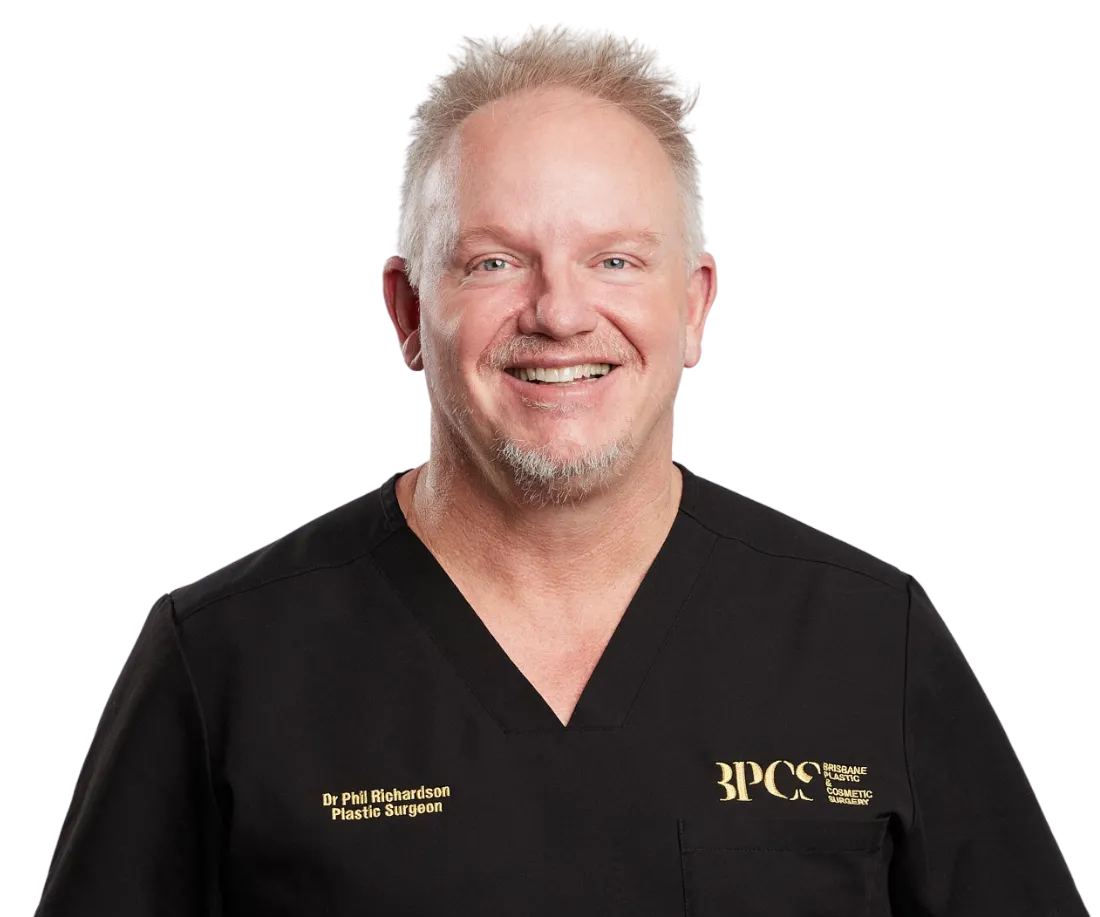Facial Plastic Surgeon


A facelift, or rhytidectomy, is a cosmetic surgical procedure that removes excess facial skin, tightens deeper tissues, and repositions the skin to create a more youthful appearance, primarily affecting the lower two-thirds of the face and neck.
- Sagging skin along the jawline and neck (jowls)
- Deep nasolabial folds or creases
- Loss of facial definition or volume due to aging
- Undergo medical evaluation and necessary lab tests
- Avoid smoking and stop blood-thinning medications and supplements weeks in advance
- Set up a comfortable recovery space with pillows, soft clothing, and easy access to essentials
- Arrange for someone to drive you home and assist during the first night’s recovery
- Initial swelling and bruising, peaking in the first few days and gradually subsiding over 1–2 weeks
- Head-elevated rest, cold compresses, and careful wound care
- Avoid heavy activity for several weeks; most return to light routines in 1–2 weeks, but full recovery may take longer
- Follow-up visits are essential; final results appear over several months
- Serious physical or psychiatric conditions, such as unrealistic expectations or poor healing ability
- Active smoking, uncontrolled hypertension, or diabetes—these increase surgical risks
- Sensitivity to anesthesia or other medical factors affecting safety
Rhinoplasty, or a “nose job,” is a surgical procedure that reshapes or rebuilds the nose—either to enhance appearance or restore function, such as improving breathing or correcting deformities. It may be performed as an (external incision) or (internal incision) approach, depending on complexity.
- Aesthetic improvements: refining the nasal bridge or tip, correcting a hump, or harmonizing nasal proportions.
- Functional corrections: resolving breathing issues like a deviated septum.
- Reconstruction: repairing congenital defects or trauma-induced damage.
- Attend a consultation to align expectations and goals.
- Undergo medical clearance including lab tests and health history review.
- Stop blood-thinning medications and supplements (e.g., aspirin, NSAIDs, certain herbal remedies).
- Quit smoking several weeks prior to improve healing.
- Arrange for transportation and post-op support.
- You’ll wear a nasal splint for about one week.
- Swelling, bruising, and discomfort peak early and gradually subside—though final results may take many months.
- Head elevation, cold compresses, and gentle care support healing.
- Avoid heavy activity and nose trauma for at least 4–6 weeks.
- Unrealistic expectations or untreated psychiatric conditions.
- Uncontrolled medical issues like bleeding disorders.
- Extensive prior nasal surgeries or complications (revision rhinoplasty requires careful consideration by an experienced surgeon).
Blepharoplasty—commonly known as eyelid surgery—is a cosmetic and functional procedure that improves the appearance and operation of the eyelids. It removes or repositions excess skin and fat, smooths underlying muscle, and tightens supportive tissues to refresh the eye area or enhance vision.
- Cosmetic purposes: to reduce droopy upper lids, puffiness, or under-eye bags for a rejuvenated look.
- Functional needs: to restore peripheral vision obstructed by sagging upper eyelid skin.
- Lower eyelid rejuventation: especially popular with younger individuals for treating genetic puffiness unresponsive to non-surgical options.
- Consultation with your surgeon to assess medical history, eyelid anatomy, and expectations.
- Temporary discontinuation of blood-thinning medications and certain supplements.
- Stop smoking and minimize sun exposure before and after surgery.
- Arrange transportation and post-operative support at home on surgery day.
- Expect swelling and bruising—typically resolves within 7–10 days.
- Keep your head elevated and apply cold compresses to minimize swelling.
- Clean incision sites gently and apply prescribed eye ointment.
- Avoid bending, heavy lifting, and eye strain (reading, screens) and steer clear of makeup and contact lenses for at least a week.
- Active eye infections, diseases (e.g., untreated dry eye or glaucoma).
- Significant cardiovascular disease, uncontrolled diabetes, or clotting disorders.
- Unrealistic expectations or untreated psychological conditions like body dysmorphic disorder.
- Persistent smoking habits, which impair healing.
- Preexisting dry eye: surgery may worsen symptoms.
Non-surgical fillers are injectable treatments—such as hyaluronic acid, calcium hydroxylapatite, or poly-L-lactic acid—designed to restore volume, smooth wrinkles, sculpt facial contours, and provide a refreshed appearance without surgery. They offer immediate effects, minimal downtime, and widely customizable results.
- Facial volume loss or mild wrinkles and folds (e.g., nasolabial lines, hollow cheeks)
- Need for subtle contouring or enhancement without lengthy recovery
- Minor asymmetry correction or nonsurgical rhinoplasty (for refining, not reducing, the nose)
- Begin with a consultation to review goals, medical history, and realistic expectations.
- Stop blood-thinning medications, supplements (e.g., NSAIDs, fish oil, vitamin E), and alcohol a few days before treatment to minimize bruising.
- For suspected allergies, select temporary fillers first, and consider skin testing (especially with products like bovine collagen).
- Expect mild swelling, bruising, or redness—typically resolving within days to a week.
- Use ice packs, gentle compression, and avoid massaging the treated area for a short time.
- Avoid strenuous activities, saunas, and excessive heat exposure for a few days.
- Active skin infections (e.g., acne, cold sores) at injection sites
- Allergies to filler components (e.g., hyaluronic acid, lidocaine, bovine collagen)
- Pregnancy or breastfeeding due to limited safety data
- Bleeding or autoimmune disorders that elevate complication risk
Dr. Philip Richardson
Plastic surgeon with over 20 years of experience [MED0001389187]
Dr Philip Richardson is a Specialist Plastic & Reconstructive Surgeon. Dr Richardson is best known for his caring and honest approach to patient care and is renowned for performing breast surgery in Brisbane.
With over 22 years of experience in all areas of cosmetic and plastic surgery, Dr Richardson has honed his knowledge, experience and surgical precision in face procedures, combining his surgical skill with his compassionate approach to patient care. Dr Richardson is widely recognised for his advanced face surgery techniques, and his success in complex revisionary cases.

Discover Your Most Confident Self—Book a Personalized Facial Consultation and Begin Your Journey.